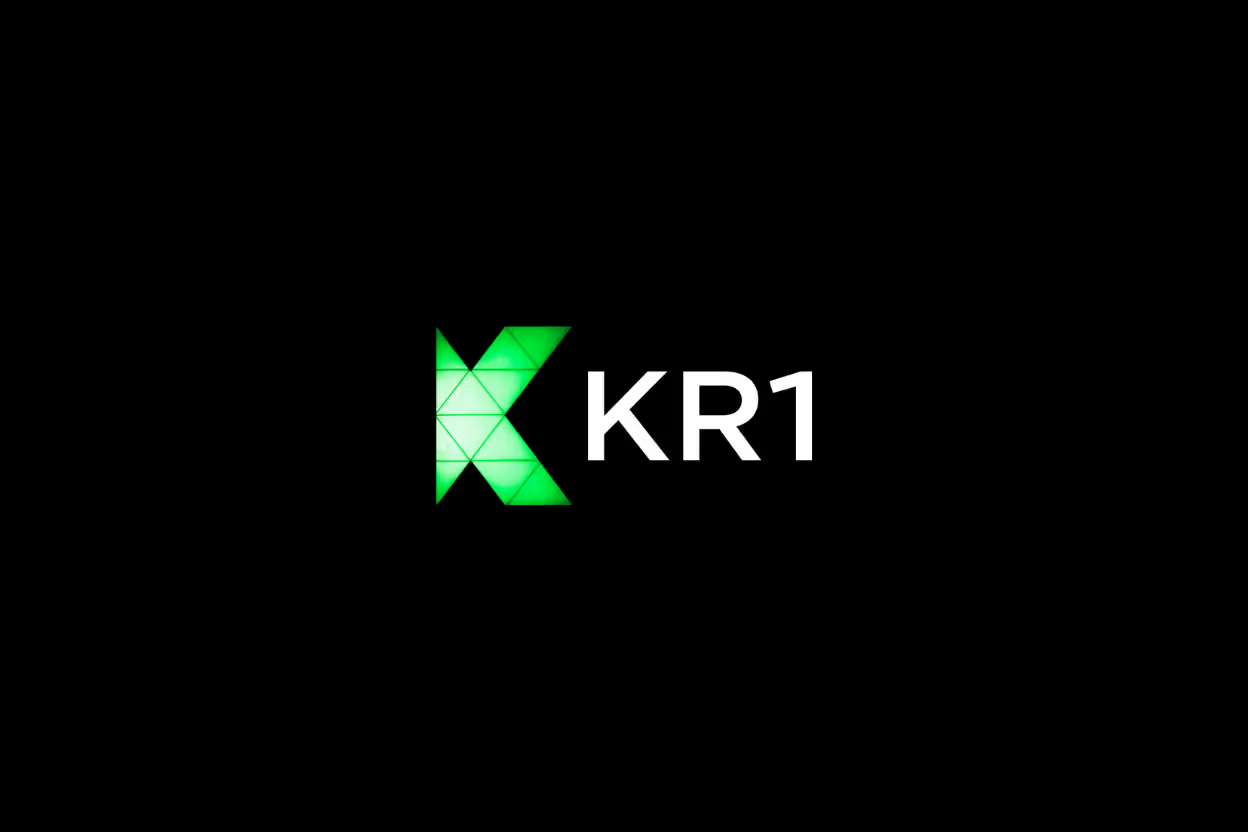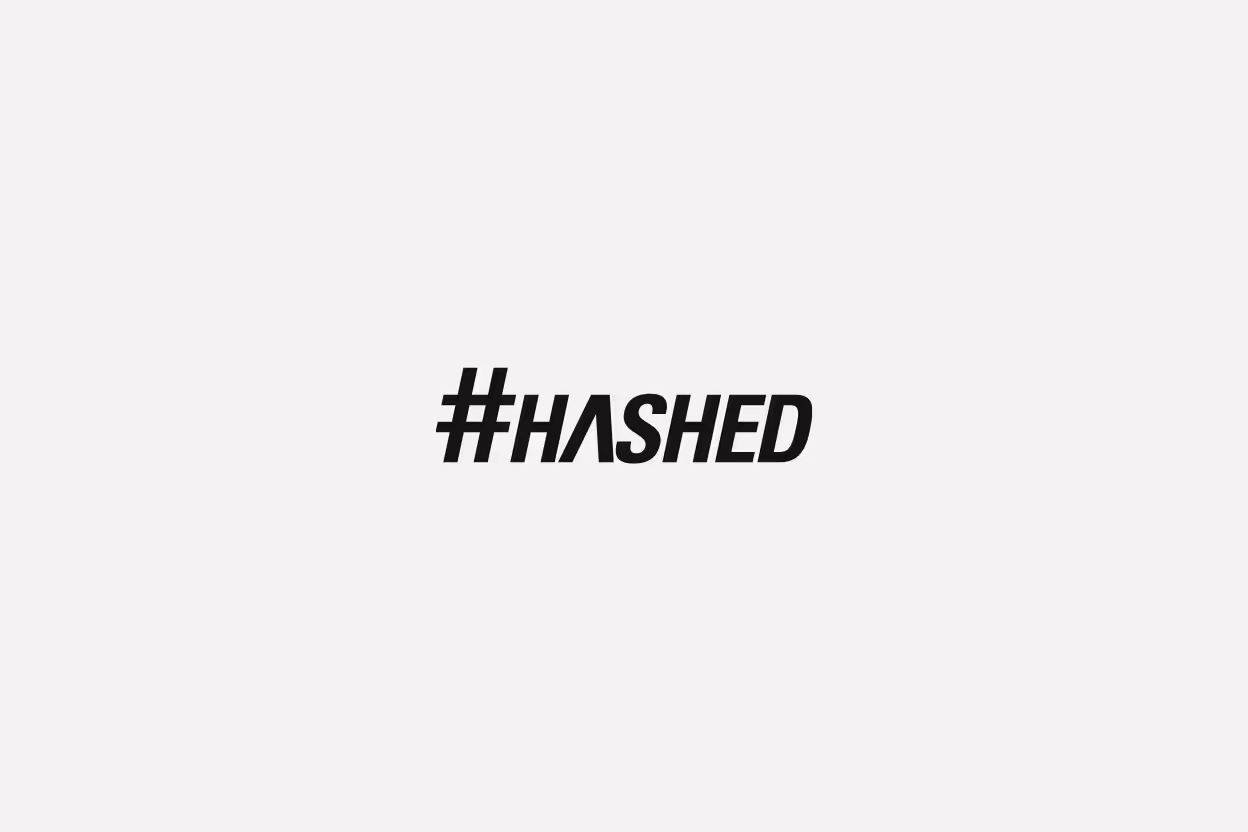Onchain top-level domains (TLDs) are reshaping how Web3 communities form and interact. These blockchain-based domains give users clear ownership and control over their identities, stepping away from centralized platforms. As Web3 grows, onchain TLDs will provide the structure for new communities to connect, govern, and build trust without relying on traditional intermediaries.
This post explains how onchain TLDs create real value by linking identity, ownership, and access in a unified way. Founders and investors will see why these domains matter for community governance and long-term engagement in decentralized networks. Understanding this shift is key to building the next wave of Web3 projects.
Understanding Onchain TLDs: What They Are and How They Work
Onchain top-level domains (TLDs) are a unique type of domain name system that runs entirely on blockchain technology. Unlike traditional domain names, these TLDs exist as smart contracts or entries on a decentralized ledger, making them resistant to tampering or censorship. But what exactly makes onchain TLDs stand out, and how do they operate? Let’s break down their core features and compare them with the traditional domain system to see why they matter for Web3 communities.
Key Features of Onchain TLDs
Onchain TLDs come with several defining characteristics that make them ideal for Web3 identity and governance:
- Decentralization: Unlike centralized DNS providers, onchain TLDs are governed by distributed networks. This removes single points of failure and decreases the risk of domain suspension or manipulation by any one entity.
- Ownership Control: Users hold their domains via private keys, giving true ownership without reliance on registrars or intermediaries. This means you can transfer, sell, or manage your domain directly on the blockchain.
- Permanence: Once a domain is minted on the blockchain, its record becomes effectively permanent. You don’t worry about annual renewals or domain expiration in the same way as in the traditional system.
- Integration with Blockchain Wallets and DAOs: Onchain TLDs can link naturally to Ethereum wallets or decentralized autonomous organizations (DAOs), allowing these domains to act as digital identities or community access points within Web3 environments.
These features create a domain system where control is firmly in the hands of users and communities, not centralized authorities. The result: a more secure, censorship-resistant naming system that fits seamlessly within the decentralized ethos of Web3.
How Onchain TLDs Improve Upon Traditional Domains
The traditional domain name system (DNS) works well but suffers from inherent weaknesses, especially for decentralized communities:
- Centralized Control: Domain registrars and authorities like ICANN hold significant power. They can suspend, seize, or revoke domain names based on policies that may not align with a community’s interests.
- Vulnerability to Censorship and Seizure: Governments or powerful entities can force registrars to block domain names, disrupting access to websites or services. This limits free expression and control online.
- Renewal Dependencies: Domains require periodic renewal fees and rely on a complex centralized infrastructure, which can lead to accidental loss of domains if forgotten or disputed.
Onchain TLDs tackle these problems by removing intermediaries, distributing authority, and providing lifetime ownership tied to blockchain keys. This opens the door for Web3 users to create communities and identities that are truly independent and resilient.
With control returned to end users and communities, do you see how onchain TLDs could redefine web identity and governance? This is why they're becoming a foundational piece for the next generation of decentralized networks and projects.
Empowering Web3 Communities with Onchain TLDs
Onchain TLDs are more than just names on a blockchain—they are tools that let Web3 communities build a shared foundation of trust, control, and participation. By connecting ownership, identity, and governance, these TLDs open doors to create truly decentralized groups where members can engage meaningfully and securely. Let's break down how this works in three key ways.
Establishing Decentralized Identity and Ownership
At the heart of Web3 is the need for identity that is unique, verifiable, and owned outright by the user or community. Onchain TLDs allow communities to create domain names that represent their identity directly on the blockchain. Unlike traditional usernames or handles tied to centralized platforms, these domains are assets held with private keys, guaranteeing true ownership without interference.
How does this matter for communities? These TLDs function as a digital passport, connecting a member’s identity with their governance rights and the assets they control. Each domain is proof that you are who you claim to be within the community and have a stake in its activities. This eliminates the risk of impersonation, lost access, or restrictions placed by centralized authorities.
The ability to register and control your own onchain domain shows that identity and ownership are no longer controlled by outside intermediaries but are embedded into the decentralized infrastructure that powers Web3.
Enabling Easier Onchain Interaction and Communication
One sticking point in many blockchain projects is how complicated onchain addresses and communication can be. Long, complex wallet addresses make it hard to send payments, access decentralized apps, or message other members straightforwardly. Onchain TLDs solve this by acting as simple, human-readable names that link directly to blockchain addresses or profiles.
Imagine replacing a wallet address like 0x3fA...7b91 with something like alice.crypto or dao.community. This makes it simpler for users to:
- Send and receive assets without errors
- Send messages through integrated decentralized messaging systems
- Access community-specific decentralized apps with one-click
By streamlining how we find and interact with others onchain, these domains lower the barrier to entry and encourage more active involvement within communities. They create a smoother experience that feels more like using familiar web usernames than complicated cryptographic strings.
Supporting Decentralized Governance Models
Governance is the backbone of any Web3 community, and the way it is structured often shapes member participation and decision-making. Onchain TLDs offer a fresh approach here by enabling domain-based governance frameworks. That means voting power, membership roles, and access rights can be linked to owning or controlling certain domains.
For example, domains can serve as membership badges that grant voting rights in a DAO or access to exclusive channels. This can simplify:
- Managing member roles and permissions
- Tracking participation in governance decisions
- Creating transparent voting processes tied to the domain ownership records
These domain-linked governance systems provide a foundation that is easy to understand and verify, reducing the confusion and inefficiencies common in traditional DAO setups. They ensure that power and participation directly relate to verifiable ownership onchain, reinforcing fairness and accountability.
Onchain TLDs are building the infrastructure that allows communities not just to exist on blockchains but to thrive with clear identities, easy interaction, and robust governance. As you think about the future of Web3, consider how these domains create new possibilities for how groups connect and govern themselves.
Use Cases and Real-World Examples of Onchain TLDs in Web3
Onchain TLDs are rapidly moving beyond theory and becoming practical tools that shape real Web3 experiences. They empower communities and projects to manage identity, governance, and access in ways that were not possible before. Through concrete examples, we can see onchain domains driving shifts in how ownership and interaction happen on decentralized platforms.
Community-Led Domain Registries and DAOs
One of the strongest use cases for onchain TLDs is within community-led domain registries and decentralized autonomous organizations (DAOs). Unlike traditional domain systems controlled by corporations or regulators, these onchain TLD projects transfer ownership and control directly into the hands of their members.
- Collective ownership models allow participants to propose and vote on domain registrations, transfers, or new subdomains. This builds consensus and transparency.
- Decentralized governance ensures no single entity can seize domains arbitrarily, which strengthens community trust.
- Projects like these create domain ecosystems tailored for specific groups, whether they are artistic communities, developer collectives, or niche interest hubs.
By managing TLDs through DAOs, communities stake a clear claim to their digital identity and resources. This also offers a new layer of governance and participation: members can earn rights through engagement and have direct impact on domain-related decisions.
This model raises important questions: How do members ensure fair distribution of domains? What mechanisms handle disputes? These challenges are actively explored and refine best practices in decentralized domain governance.
NFT and Metaverse Projects Utilizing Onchain Domains
NFT collections and metaverse platforms are natural adopters of onchain TLDs because these domains help solve critical identity and access issues in virtual worlds.
- Owners can link their NFT wallets to human-readable onchain domains, replacing complex addresses with easy-to-remember names like
artist.cryptooravatar.metaverse. - Onchain domains function as identity anchors within metaverses, enabling seamless interaction across different virtual spaces.
- Projects use these domains for access control, gating events, content, or exclusive zones to domain holders or verified community members.
- Integration with smart contracts allows onchain TLDs to unlock automated privileges, such as granting voting rights or rewards within a metaverse DAO.
Imagine entering a virtual concert without repeatedly verifying your identity because your onchain domain confirms your credentials. This reduces friction, increases engagement, and strengthens community bonds inside these decentralized environments.
Does owning an onchain domain become the new digital passport for virtual citizenship? This trend suggests it might.
Overall, these examples show how onchain TLDs are already powering new types of group dynamics on Web3. They provide tools for shared control, identity, and access that are essential as communities grow beyond centralized platforms or siloed apps. As more projects embrace these domains, expect the ecosystem to become richer and more interconnected.
Challenges and Future Outlook for Onchain TLDs in Web3 Communities
Onchain TLDs are still in the early stages of reshaping Web3 communities, and while the potential is huge, several hurdles stand in the way. Understanding these challenges helps us see where the technology must improve and which areas offer room for innovation. At the same time, onchain TLDs promise new opportunities that may redefine how decentralized communities grow and interact over the coming years.
Technical and Scalability Challenges
Blockchain networks are the foundation of onchain TLDs, but they come with limits that affect how domains are managed and used. Current implementations face several technical and user experience issues:
- Blockchain congestion and costs: Every TLD registration or update requires onchain transactions. High gas fees and slower processing times can discourage frequent updates or domain transfers, making it costly to experiment or scale large communities.
- Storage and data constraints: Storing domain records directly on-chain means the data size and structure must be compact to avoid bloating the blockchain. This limits the amount of metadata or advanced functionality developers can include without offloading data to external storage.
- User experience hurdles: Managing private keys, wallets, and interacting with smart contracts remains complex for typical users. This steep learning curve slows adoption, as people expect domain systems to be straightforward and reliable.
- Interoperability: TLDs need to work seamlessly with different blockchains, wallets, apps, and browsers. Fragmentation in standards can create fragmented user experiences and reduce domain utility.
While these issues aren’t insurmountable, they pose real roadblocks for mass adoption. Developers continue to optimize smart contract designs, layer 2 scaling solutions, and user interfaces to improve cost, speed, and usability. Still, onchain TLDs must balance decentralization with performance as they grow.
Regulatory and Legal Considerations
Onchain TLDs operate outside traditional domain authorities but are not immune to legal scrutiny. The decentralized model challenges existing laws and raises questions regulators will need to address:
- Compliance and jurisdiction: Since domains exist on a global blockchain, determining which jurisdiction’s laws apply can be complicated. Questions arise about who is responsible for illegal content, trademark disputes, or fraudulent activity on decentralized domains.
- Intellectual property conflicts: Traditional domain disputes rely on ICANN and courts. Web3 communities must develop new frameworks for resolving conflicts over trademarked names or cybersquatting within onchain TLDs.
- Privacy and data protection: Onchain TLDs often associate identities or assets openly on public ledgers. Ensuring compliance with privacy regulations like GDPR requires careful handling of personally identifiable data linked to domains.
- Internet governance evolution: As governments and international bodies reconsider internet rules, decentralized domains could face pressure from policies or new standards that impact how they are used or regulated.
The legal landscape for onchain TLDs is still emerging. Proactive dialogue between developers, regulators, and users will shape practical, balanced rules that protect users without killing innovation.
Opportunities for Growth and Innovation
Despite challenges, the future of onchain TLDs is promising, with several indicators pointing to expanded use and richer functionality:
- Layer 2 and blockchain improvements: Advances in scaling solutions will reduce costs and speed up domain transactions, enabling fluid domain management even for large communities.
- Cross-chain compatibility: Bridging onchain TLDs across multiple blockchains will enhance usability and create interconnected decentralized ecosystems.
- Enhanced identity features: Integrating domains with verifiable credentials, social profiles, and NFT assets will make them comprehensive digital passports for Web3 users.
- New governance models: Onchain domains will foster creative ways to manage memberships, voting rights, and access controls in DAOs and community groups.
- Better user tools: Improved wallets, browser support, and user-friendly interfaces will lower adoption barriers and integrate domains into daily internet use.
As these innovations come to fruition, onchain TLDs will empower Web3 communities to take full control of their digital identities and governance. The domain system could become the backbone for how decentralized groups form trust, organize collaboration, and build sustainable networks.
What will it take for onchain TLDs to cross the threshold from niche to mainstream? It might be a combination of stronger infrastructure, clearer legal paths, and tools that make domain ownership feel as natural as traditional websites. The journey is well underway.
Conclusion
Onchain TLDs are transforming Web3 communities by providing clear ownership, stronger identity, and practical governance tools. They return control from centralized intermediaries to users, allowing communities to build trust and participation based on verified blockchain ownership. This shift enhances security, simplifies user interaction, and supports decentralized decision-making.
Founders and investors should watch how these domains empower new forms of membership, communication, and governance in Web3 projects. As infrastructure improves and legal clarity grows, onchain TLDs will play a larger role in shaping digital identity and community governance.
What steps can your project take today to integrate onchain TLDs? Exploring these domains now could unlock new potential in community engagement tomorrow. The future of Web3 depends on embracing innovations that align identity with ownership and governance.









